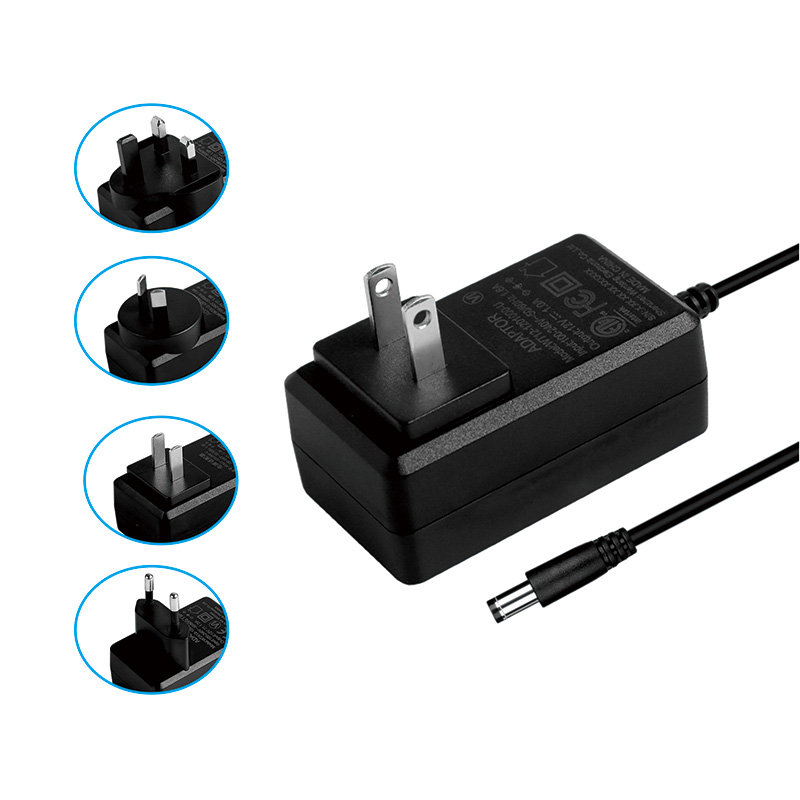What is the function of power adapter?
2024-06-05
A power adapter, also known as an AC adapter or power supply unit, serves several important functions in powering and operating electronic devices. Here are the primary functions:

1. Voltage Conversion:
- Converts the high voltage from the AC (alternating current) power supply in your wall outlet to a lower voltage DC (direct current) suitable for the device.
- This is crucial because most electronic devices operate on low-voltage DC power, while the power grid provides high-voltage AC power.
2. Current Regulation:
- Ensures that the device receives a steady and appropriate amount of current.
- Prevents overcurrent that could damage the device or lead to overheating.
3. Electrical Isolation:
- Provides electrical isolation between the high voltage AC supply and the low voltage DC output.
- Enhances safety by reducing the risk of electrical shock and protecting the device from power surges and spikes.
4. Connector Compatibility:
- Adapts the power supply to fit the specific power input connector of the device.
- Ensures a secure and proper connection to the device's power port.
5. Energy Efficiency:
- Modern power adapters are designed to be energy efficient, reducing energy consumption when the device is not in use or fully charged.
- Many adapters have power-saving features to minimize energy waste.
6. Portability and Convenience:
- Compact and lightweight design makes it easy to carry and use with portable electronic devices like laptops, smartphones, and tablets.
- Provides a convenient way to power devices when traveling or in locations without direct access to the device’s native power source.
In summary, a power adapter is a critical component that ensures electronic devices receive the correct type and amount of power, safeguarding their functionality and longevity while providing user convenience.


